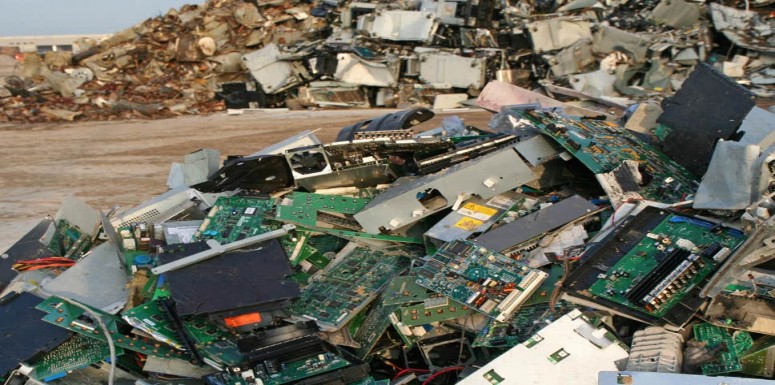Electronic banking has many names like e banking, virtual banking, online banking, or internet banking. It is simply the use of electronic and telecommunications network for delivering various banking products and services. Through e-banking, a customer can access his account and conduct many transactions using his computer or mobile phone. In this article, we will look at the importance and types of e-banking services.
Types of e banking
Banks offer various types of services through electronic banking platforms. These are of three types:
Level 1 – This is the basic level of service that banks offer through their websites. Through this service, the bank offers information about its products and services to customers. Further, some banks may receive and reply to queries through e-mail too.
Level 2 – In this level, banks allow their customers to submit instructions or applications for different services, check their account balance, etc. However, banks do not permit their customers to do any fund-based transactions on their acounts.
Level 3 – In the third level, banks allow their customers to operate their accounts for funds transfer, bill payments, and purchase and redeem securities, etc.
Therefore, banking websites are of two types:
- Informational Websites – These websites offer general information about the bank and its products and services to customers.
- Transactional Websites – These websites allow customers to conduct transactions on the bank’s website. Further, these transactions can range from a simple retail account balance inquiry to a large business-to-business funds transfer. The following table lists some common retail and wholesale e-banking services offered by banks and financial institutions:
Common E-Banking Services
Importance of e-banking
We will look at the importance of electronic banking for banks, individual customers, and businesses separately.
Banks
- Lesser transaction costs – electronic transactions are the cheapest modes of transaction
- A reduced margin for human error – since the information is relayed electronically, there is no room for human error
- Lesser paperwork – digital records reduce paperwork and make the process easier to handle. Also, it is environment-friendly.
- Reduced fixed costs – A lesser need for branches which translates into a lower fixed cost.
- More loyal customers – since e-banking services are customer-friendly, banks experience higher loyalty from its customers.
Customers
- Convenience – a customer can access his account and transact from anywhere 24x7x365.
- Lower cost per transaction – since the customer does not have to visit the branch for every transaction, it saves him both time and money.
- No geographical barriers – In traditional banking systems, geographical distances could hamper certain banking transactions. However, with e-banking, geographical barriers are reduced.
Businesses
- Account reviews – Business owners and designated staff members can access the accounts quickly using an online banking interface. This allows them to review the account activity and also ensure the smooth functioning of the account.
- Better productivity – Electronic banking improves productivity. It allows the automation of regular monthly payments and a host of other features to enhance the productivity of the business.
- Lower costs – Usually, costs in banking relationships are based on the resources utilized. If a certain business requires more assistance with wire transfers, deposits, etc., then the bank charges it higher fees. With online banking, these expenses are minimized.
- Lesser errors – Electronic banking helps reduce errors in regular banking transactions. Bad handwriting, mistaken information, etc. can cause errors which can prove costly. Also, easy review of the account activity enhances the accuracy of financial transactions.
- Reduced fraud – Electronic banking provides a digital footprint for all employees who have the right to modify banking activities. Therefore, the business has better visibility into its transactions making it difficult for any fraudsters to play mischief.



